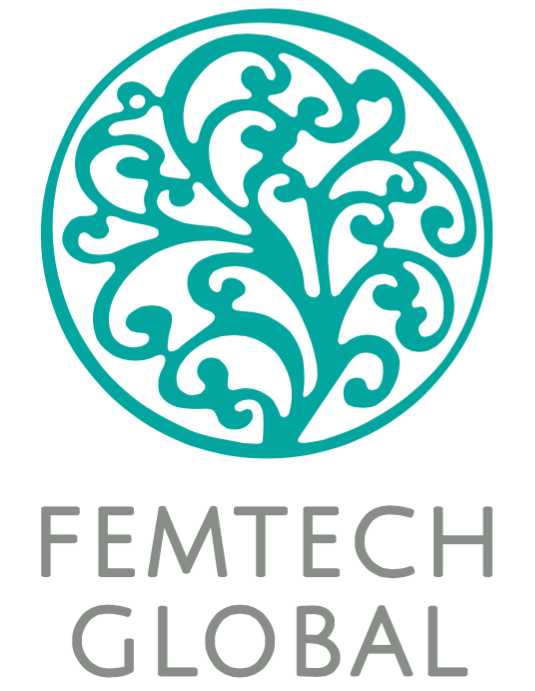My day job is to design POCs between banks and startups. This involves being locked in a basement (true story) crafting scenario after scenario, blending the art of the possible with the practical; solving for the now, but architecting with the unknown future in mind to create a set of POCs these banks and startups agree to execute. And my day job is to make sure that happens in less than eight business days; to be fair, we rest on the eighth day.
I’ve learned a few things in the last 18 months of building and delivering the Colab programme with Helene Panzarino. Our goal was to make commercial engagements a reality, solve real business problems, and go beyond the ethos of collaboration to the practical application of actually getting banks and fintechs to partner. Not a unique goal, but what is unique is that we wanted to make that happen in two weeks, from start to finish. Two weeks that include facilitated workshops, deep dives into the tech, and crafting complete POC test frameworks.
Helene and I have done that, and we are close to getting the process absolutely right. It didn’t start out that way, but in running Colab we have learned. And just as we as encourage both the fintechs and the bank partners, we have applied these lessons to refine our solution.
One thing I’ve learned: People count more than the solution.
Why? Because business is always personal. Always. Progress, let alone success, depends on who is in the room. And unless the problem owner is sitting in the POC design, the problem isn’t personal enough to care about or to solve.
So who should be in the room? For the bank, the problem owner should always be in the room. Always. The tech owner should always be in the room. These are the two crucial people. Seems obvious, right? It’s not. A lot of organizations put delegates in the room, but not the owners, and there’s the first misstep. If your neck isn’t the one on the line, there is no pressure to be as open or creative as possible to keep that guillotine from beheading your P&L, your profitability, your existing customers, your job. Desperation is emotional, it is personal. It ensures that action must and will be taken to get the problem solved.
You need the supporting team in the room: the doubter, the cynic, and the compliance enforcer. You need an optimist in there, and you need the person who is going to deliver the project in the room. They all need to be accountable for their role, so they actually need to be empowered to make decisions and take ownership.
That accountability doesn’t reside with a separate innovation team.
The best teams marry up those who get the ethos of innovation with those who see the mechanics of the day-to-day business operations and own the P&L.
This hybrid works, and it means that innovation is measured on actual ROI and not on the number of experiments done or solutions reviewed. Success is defined as delivering code to go into production, not on testing theoretical concepts.
It’s just as important for fintechs to have the right people in the room. The solution product person, the subject matter expert (and this person better be an expert in both the solution and the line of business/vertical), and the commercial owner should all be there. Yes, that is obvious. What isn’t obvious is that these are the people who create the chemistry that determines if a bank is going to do a commercial deal.
Chemistry. It’s the thing that tips the scale on whether or not a commercial deal gets done.
Between two equally effective solutions, team chemistry is the differentiator.
You might be surprised at how often individual personalities are discussed in a closed session. It isn’t just the tech that is evaluated. People, rapport, competency, communication style and team dynamics are also scrutinized. Often these qualities are what convince a bank team to make extra effort to find a way to work with a fintech. These personalcharacteristics are the difference between being selected as a vendor. True story.
These soft skills matter.
Active listening does more to progress a POC deal than anything else. Watching a true subject matter expert default to a pre-set narrative, rather than actively listen and dig for the root of the questions asked, is like watching a car accident happen. Traffic (questions/exchange) comes to a screeching halt. Traffic lights (signals) are ignored. Curiosity and engagement get cut off, whiplashed into obscurity. Ain’t no one getting out of that traffic jam either, and emergency services can’t patch up a broken sales engagement relationship. But witness someone who listens for signals, stops at an intersection, and asks for directions, and you’ll see a relationship make progress, and a bank begin to trust the fintech who’s in the driver’s seat.
The best accompaniment to active listening is honesty and clarity about what your solution does and does not do is crucial. Surprisingly, saying YES to every question about your solution functionality does not inspire trust. Saying “No” has power. It removes the suspicion of “too good to be true”, a seed of doubt that sprouts quickly and grows like a weed. Admitting to not being able to do something as part of an end-to-end solution is not a weakness, it’s an opportunity to partner with someone who does that thing, and only that thing, better than anyone else. Don’t fudge, don’t say “we can build it”, don’t promise vaporware (unless you’re actively building it as part of the product roadmap). Just don’t. Trust isn’t built with smoke a mirrors or hollow promises. Honesty and clarity are better foundations for a good partnership.
Get comfortable with being uncomfortable. That goes for both banks and fintechs. Banks, you’re going to see solutions that completely up-end the way you’ve thought about customer journeys and processes. That knee-jerk reaction to a topsy-turvy new way of doing things gets to be put on ice. Risk won’t like it, or compliance won’t approve of that: phrases that shut down exploration get to be axed. You’re in the room to look at the art of the possible; a proof of concept is one way to get Risk and Compliance to see that doing it differently ispossible. The art-of-the-possible perspective is fundamentally uncomfortable. Embrace it, it’s going to get you to a solution faster than conforming to the rules you’re already comfortable with.
Fintechs, you’re going to have to get comfortable with being transparent about your objectives and intensions. We all know this is part of a sales exercise, the goal is to get a commercial agreement. That’s a given. What isn’t a given is whether or not you and the bank have the same problem solving objective. Remember your product isn’t necessarily the problem solution, you’re going to have to get comfortable with aligning your solution to your product, and both of those to the problem the bank is trying to solve. Get comfortable with that uncomfortable exercise, this is your part of the partnership bargain.
Colab has shed light on a number of insights on how to solve real business problems at speed, and the mechanics of doing innovation at speed. It keeps Helene’s and my fingers in tech pies from AI to automation, to risk modeling and data aggregation, cyber security and regtech, and everything in between. We see the tech. And what we see in the room goes way beyond the tech. We see the people behind the tech, the people who want to solve problems, and the people who want to work together to create solutions and partnerships. We see just how personal a POC can be.

